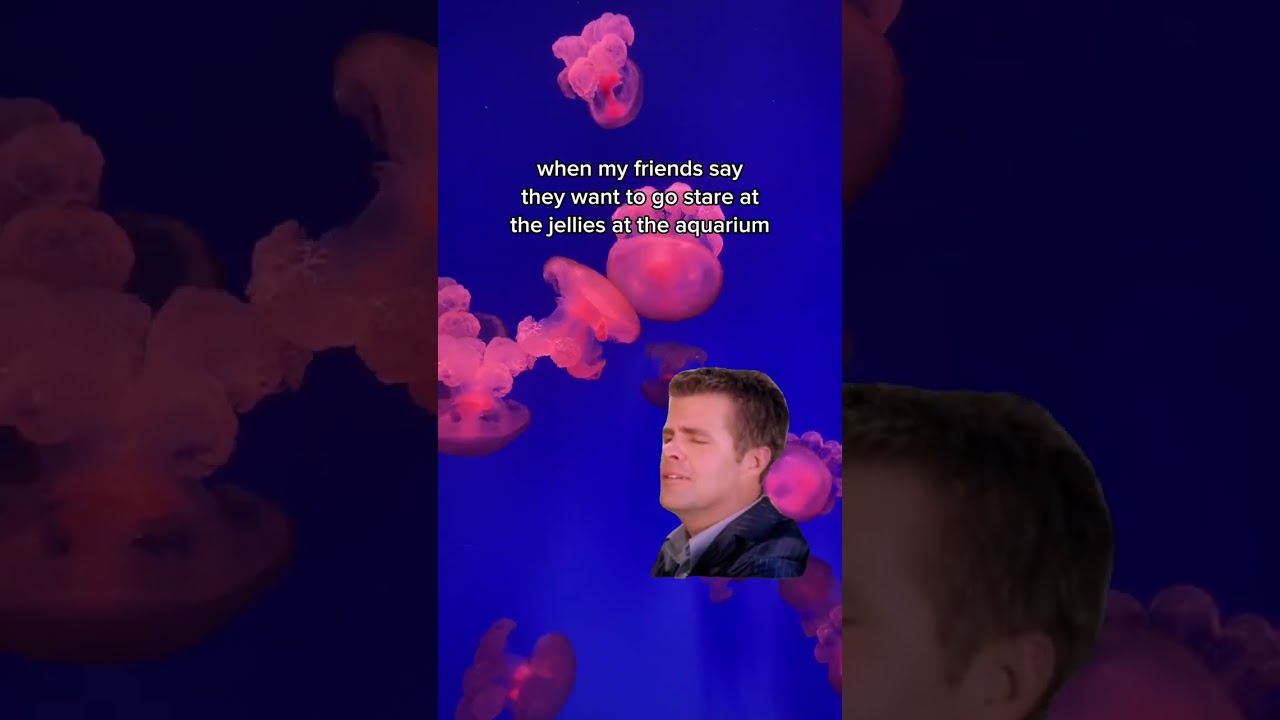– The ecological significance of jellyfish in aquatic ecosystems
– Best practices for jellyfish care in aquarium settings
– The role of public aquariums in wildlife conservation and education
– Innovative strategies for engaging the public in jellyfish conservation
Jellyfish, often regarded as one of the most fascinating creatures in marine environments, play a crucial role in the ecological balance of our oceans. These gelatinous organisms, characterized by their pulsating movements and often luminescent bodies, are vital to the marine food web and serve as indicators of the health of marine ecosystems. This article aims to shed light on the ecological importance of jellyfish, the intricacies of their care within aquarium settings, the critical role of aquariums in promoting wildlife conservation, and the innovative methods employed to raise awareness and support for jellyfish conservation efforts.
**Ecological Significance of Jellyfish**
Jellyfish contribute significantly to marine ecosystems in several ways. They act as predators, feeding on small fish, plankton, and even other jellyfish species, helping maintain the balance within maritime food webs. Their unique dietary habits help control the populations of their prey, which, if left unchecked, could lead to unhealthy imbalances within their habitats. Furthermore, jellyfish are a vital food source for marine creatures, including sea turtles and large fish species. This dual role underscores their importance in sustaining healthy, functioning ocean ecosystems.
**Jellyfish Care in Aquarium Settings**
Maintaining jellyfish in aquariums presents unique challenges and requirements, underscoring the need for specialized knowledge and equipment. For instance, jellyfish aquariums must simulate the ocean’s open water conditions, necessitating circular tanks that create a constant flow, mimicking the natural currents that these creatures depend on for movement and feeding. Water quality, temperature, and salinity must be monitored and maintained meticulously to replicate the jellyfish’s natural habitats as closely as possible. As jellyfish are susceptible to environmental changes, the skillful management of these conditions is essential for their well-being in captivity.
**The Role of Public Aquariums in Conservation and Education**
Public aquariums play a pivotal role in wildlife conservation and education, acting as conduits between the general public and the marine world. By housing jellyfish and other marine species, aquariums offer visitors a glimpse into the diverse aquatic life, fostering a deeper understanding and appreciation for marine ecosystems. These institutions are instrumental in educating the public about the challenges facing marine environments, such as pollution, climate change, and overfishing, and how these issues impact species like jellyfish. Through exhibitions, interactive sessions, and conservation programs, aquariums engage individuals in the broader conversation on environmental stewardship and encourage participation in conservation efforts.
**Innovative Strategies for Jellyfish Conservation Awareness**
Aquariums and conservation organizations are continually deploying innovative strategies to enhance public engagement in jellyfish conservation. These include adopting augmented reality (AR) experiences that allow visitors to interact virtually with jellyfish and other marine species, providing an immersive experience that highlights these organisms’ beauty and ecological importance. Social media campaigns and educational programs designed to reach wider audiences also play a critical role in raising awareness about jellyfish and the necessity of conserving their natural habitats. Through these efforts, the aim is to ignite a passion for marine conservation and inspire actions that support the health and diversity of marine ecosystems.
In summary, jellyfish are not only mesmerizing creatures of the deep but also essential components of marine ecosystems, playing key roles in the ecological dynamics of our oceans. The care of jellyfish in aquarium settings requires specialized knowledge and technology to replicate their natural environments and ensure their well-being. Public aquariums are at the forefront of efforts to educate and engage the public in marine conservation, utilizing innovative approaches to promote a deeper understanding of jellyfish and their conservation needs. Through these combined efforts, there is hope for heightened awareness and actions to preserve the delicate balance of marine ecosystems for future generations.
*****
Source Description


